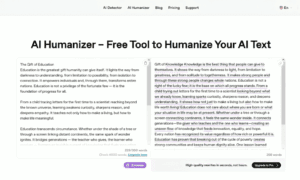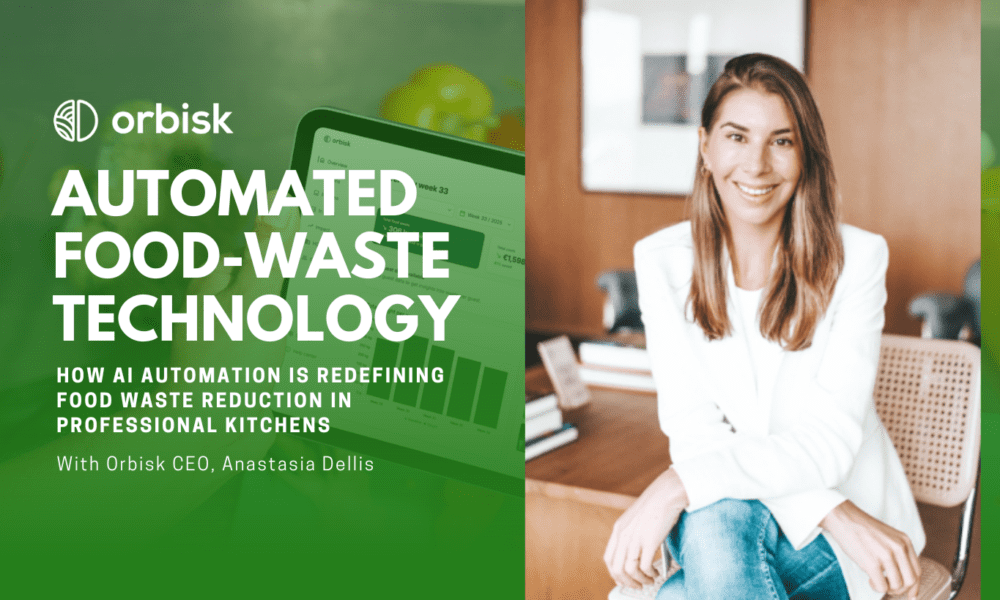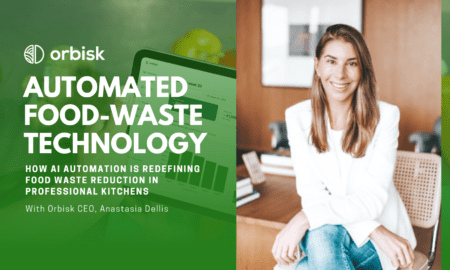Freshness, consumer perception, and environmental sustainability depend on modern dairy packaging. Aluminum foil’s barrier, adaptability, and recyclability make it a popular packaging material. Aluminum foil from China Aluminum Foil manufacturers in dairy packaging improve shelf life, nutrition, flavor, convenience, waste reduction, and sustainability.
This comprehensive manual states that the use of aluminum foil in dairy packaging affects product quality, waste reduction, and sustainable growth throughout the dairy supply chain.
Aluminum Foil Keeps Dairy Quality
Oxygen, moisture, light, and microbes impact milk. These factors can affect dairy taste, texture, nutrition, and safety if unchecked. These hazardous substances rarely impact aluminum foil. At 10 microns, aluminum foil blocks light, air, and moisture, preserving dairy quality.
Aluminum foil reduces light-induced fat oxidation, preventing rancidity and off-flavors in butter and processed cheese packaging. It prevents moisture loss and retains the texture and mouthfeel of cream cheese and cottage cheese—the oxygen barrier in foil limits microbial growth, especially in unpreserved goods.
Multilayer milk-based beverages and yogurt, with aluminum foil separating the paperboard or plastic layers, retain their nutrients. Aluminum foil is used in several UHT milk and aseptic packaging techniques to maintain sterility and shelf life without refrigeration.
Aluminum Foil a Longer Shelf Life
Shelf life affects dairy sales. Customers and retailers value fresh and safe products. Aluminum foil prevents deterioration, extending shelf life.
Foiled aseptic cartons and pouches keep milk and cream fresh for months. Energy savings result from an increased distribution range and reduced refilling and refrigeration. Vacuum sealing, also known as Modified Atmosphere Packaging (MAP), minimizes microbiological growth and deterioration of cheese by using nitrogen or carbon dioxide. Aluminium’s impermeability and this approach preserve hard and semi-hard cheeses.
Yogurt and cream cups’ foil covers seal for sanitation and consistency. After opening the package, the foil seal keeps the product fresh until it is eaten.
Packaging Efficiency Cuts Waste
Food waste reduction is crucial. Milk spoils quickly, and packaging waste is detrimental to the environment. Aluminum foil prevents rotting and provides portion control.
Use foil-packaged butter, creamers, and spreads without air or contamination. Food waste decreases, and convenience improves. Aluminium foil-wrapped single-serving yogurt cups help consumers control portions and prevent spoilage.
Foil saves resources due to its versatility and compatibility with flexible and rigid packaging. The thin construction makes it lighter and more protective than plastic or glass. Shipping costs and packing volume are reduced, thereby minimizing environmental impact.
Sustainable Dairy Packaging with Aluminium Foil
Packaging sustainability encompasses shelf life, waste minimization, and the environmental impact of materials. Recycling, resource efficiency, and compatibility with renewable energy make aluminum foil a sustainable option.
Aluminium never degrades and is infinitely recyclable. When properly maintained, recycled aluminum foil requires only 5% of the energy needed to produce virgin aluminum, making it a sustainable option. Many countries recycle dairy foil to make fresh foil or other aluminum products. Closed-loop technology reduces greenhouse gas emissions and raw material extraction.
Aluminum foil combined with paperboard or biopolymers creates hybrid sustainable packaging that offers good barrier performance and environmental responsibility. Milk and other dairy products in Tetra Pak containers include a thin aluminum foil layer between the paper and polymer. Researchers are studying multi-material packages for recycling and developing methods to separate and reclaim each component efficiently.
Aluminum foil minimizes supply chain carbon footprints by promoting lightweight packaging. Lighter packaging reduces emissions and resource use associated with manufacturing, handling, and storage.
Innovative Aluminium Foil Packaging
Technological advances have expanded the use of aluminum foil in dairy packaging. Foil wraps are becoming laminates. Flexible pouches for dairy-based sauces, ready-to-eat desserts, and liquid dairy supplements now have aluminum foil for shelf life and portability.
Foil shields dairy-based pills and nutritional supplement blister packs from light and moisture. Seniors and children can easily peel foil lids for tamper-proof access. Laser-scored foil controls microwaveable dairy-based ready meals, and custards are opened and vented.
Innovative packaging utilizes aluminum foil from China Aluminum Foil suppliers, incorporating temperature, spoilage, and tampering sensors. Customers and manufacturers can use real-time data to enhance food safety and minimize waste.
Aluminum foil issues
Aluminum foil has pros and cons. Aluminum mining and production have a negative impact on the environment. Unmanaged, energy-intensive bauxite extraction and smelting can have a detrimental effect on the environment.
Aluminum smelting utilizes cleaner technology, incorporates recyclable content, and employs renewable energy to mitigate these consequences. Dairy firms must guarantee their packaging suppliers produce ethically.
Another issue is recycling multilayer aluminum foil. Conventional facilities recycle metal but not multilayer packs with bound polymers or paper. This improves delamination and recycling. Brands are investigating mono-material or recyclable adhesives to enhance material recovery and sustainability.
Regulations and customer preferences influence the materials used for packaging. Aluminum foil should be recyclable and exceed food contact safety regulations to enhance its environmental benefits.
Other dairy packaging vs. aluminum foil
Aluminum foil, plastics, glass, or paper depend on product kind, distribution strategy, shelf life, and environmental goals. The aluminum foil blocks oxygen and lights more effectively than plastics, making it ideal for high-fat or long-lasting products.
Although inert and recyclable, glass is heavier and more breakable, which increases transportation costs and safety risks. Paperboard is biodegradable, but it does not form a barrier to dairy products without the addition of foil or polymers.
Aluminum foil’s protection and paper’s printability or polymers’ flexibility are often coupled in multilayer systems. This multifaceted approach enhances performance, improves shelf appeal, and promotes sustainability.
Market Trends and Consumer Perception
Freshness, packaging safety, and environmental concerns are top consumer priorities. Aluminum foil packaging meets these standards due to its quality and sustainability. Its gleaming appearance conveys hygiene and quality, boosting sales.
Zero-waste or environmentally concerned nations want sustainable dairy packaging. Aluminum foil labels promote freshness and recyclability, attracting eco-conscious consumers.
Durable, tamper-evident, leak-proof dairy packaging is essential for online grocery shopping. Aluminium foil-based solutions are necessary for protecting products during extended travel and handling in this rapidly growing sales channel.
Upcoming Aluminium Foil Dairy Packaging
Sustainability, materials science, and law will determine the fate of aluminum foil in dairy packaging. To reduce material while maintaining performance, researchers are investigating thinner yet stronger aluminum foils. Nanotechnology, bio-based coatings, and compostable materials may benefit the foil industry.
Recycling infrastructure and aluminum foil post-consumer recycled content will improve as circular economy ideas advance. EPR laws will motivate companies to create end-of-life recovery packaging.
Tracking, authenticating, and engaging consumers through QR codes and NFC chips on foil packaging could enhance the dairy industry’s transparency and consumer confidence.
Conclusion
Aluminum foil from China Bopp film manufacturers helps dairy packaging preserve quality, reduce waste, and encourage sustainability. High-barrier properties protect dairy products from environmental deterioration. Global environmental goals are supported by recyclable and affordable packaging.
Foil-based recycling and technology may enhance dairy packaging despite limitations. Pragmatism and a greener future help the dairy business develop as consumers, manufacturers, and regulators demand fresher, safer, and more sustainable food systems.





























